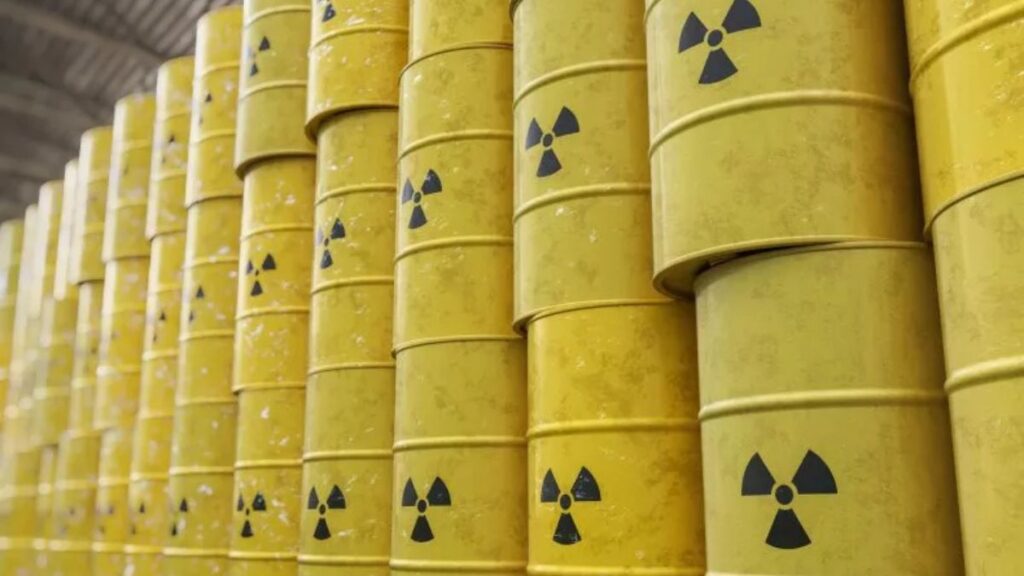In 2020, Huawei faced a crippling blow as US sanctions under the Trump administration severed its access to advanced semiconductors.
Partnering with SMIC, a Chinese foundry constrained by older technology, Huawei embarked on an audacious mission to develop cutting-edge chips with limited resources.
This collaboration birthed the Kirin 9000S chip, marking a defiant comeback with the Mate 60 series in 2023.
Despite using less precise DUV machines instead of EUV equipment, Huawei and SMIC managed to produce 7nm chips under challenging conditions, aided by state subsidies and international expertise.
The Mate 60, powered by the Kirin 9000S, reestablished Huawei in the high-end smartphone market, becoming a symbol of technological resilience in China.
Now, with the launch of the Mate 70 series, Huawei takes another leap. The new models boast a 40% performance boost with HarmonyOS NEXT, further distancing themselves from reliance on Google services.
The flagship’s Kirin 9100 chip, built on a 6nm node, pushes the envelope of SMIC’s capabilities, though limited yields may restrict its widespread adoption.
Huawei’s achievements underscore China’s commitment to semiconductor independence, yet challenges loom.
The US plans tighter export restrictions, potentially impacting Huawei’s supply chain. As patriotic fervor fuels Huawei’s local success, its long-term competitiveness against global giants like Apple remains uncertain amidst escalating geopolitical tensions.









